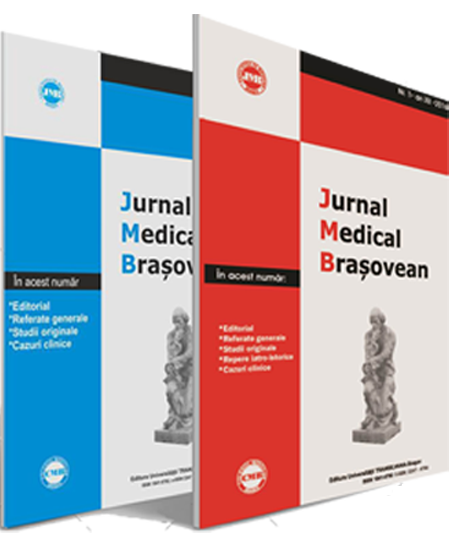Hipotiroidismul subclinic – când îl tratăm? | [The subclinical hypothyroidism / When we treat it?]
Keywords:
subclinical hypothyroidism, thyroid function tests, antibody statusAbstract
Although subclinical hypothyroidism has been detected with increasing frequency in recent years, it is still causing major controversies concerning management and treatment. Because the cardiovascular system is considered a main target for the action of the thyroid hormone, we evaluated the effect of physiological, TSH-guided, L-thyroxine treatment on serum lipids and clinical symptoms in patients with subclinical hypothyroidism. A cohort of 76 patients with subclinical hypothyroidism was studied retrospectively over a mean observation period of 36 months. We assessed general well-being, serum lipids, thyroid function tests, and antibody status (ATPO). Subclinical hypothyroidism was classified as grade I (TSH 4.5-6 mUI/L-37 patients), grade II (TSH 6-12 mUI/L-25 patients), and grade III (TSH >12 mUI/L-14 patients). Substitutive treatment was commenced at a value of TSH above 6 mUI/L. The initial TSH value was a strong predictor for disease progression, as seen in 35% of patients with grade I, 50% with grade II, and 69% with grade III. An improvement in lipid concentrations could be observed (- 4.5% for total cholesterol and -8.8% for LDL). Substitutive treatment in subclinical hypothyroidism grade II and III has benefits on symptoms, lipid profiles, and cardiac function.Published
2007-04-07
Issue
Section
Studii originale




